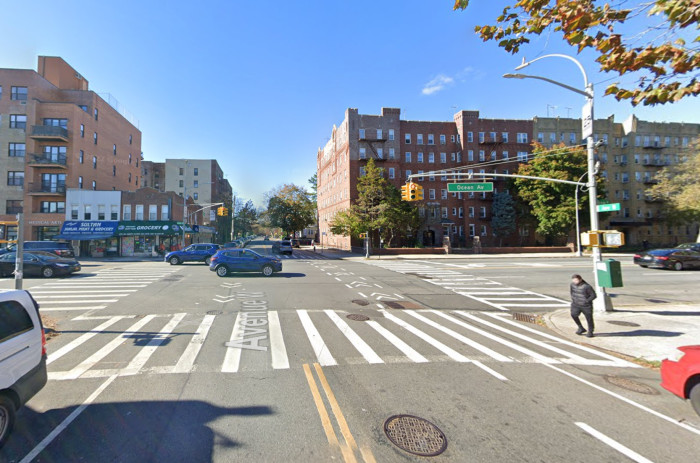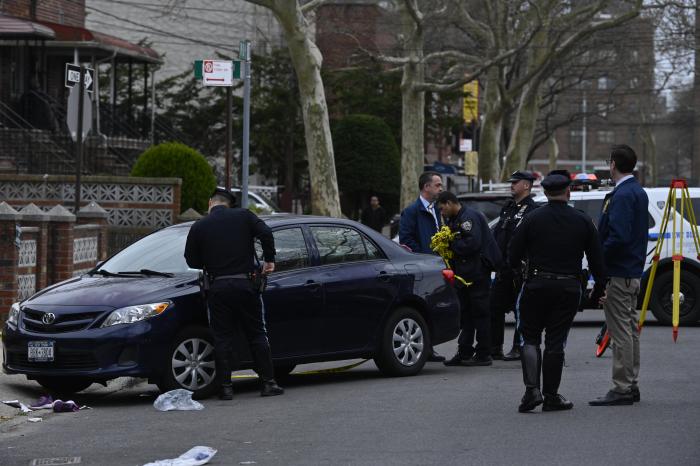Construction has stalled on the controversial waste transfer station in Gravesend after workers unearthed a concrete duct riddled with asbestos — a notorious carcinogen.
Workers at the Southwest Brooklyn Waste Transfer Station discovered the contamination while excavating the duct on March 1 and immediately halted building, and secured the area with tarps and fencing to limit the spread of airborne asbestos fibres. But this isn’t the first time the project has dug up toxic materials and unleashed them into the ecosystem, and the incident is just another example of why the city should scrap the station, said a local environmental activist.
“This has been a boondoggle from day one,” said Ida Sanoff, executive director of the Natural Resources Protective Association. “So now, this is not the first, or second, or third issue, this is just one big problem over and over again. If this is what we’re going through now, I shudder to think of what it will be like once it’s open.”
The waste transfer station was once home to a city garbage incinerator that operated without a permit for 40 years, and fed-up residents who oppose the trash depot contend that the nabe has already shouldered the burden of Southern Brooklyn’s garbage for too long. Local pols railed against the project, arguing that it will lead to increased truck traffic, air pollution, and unearth toxic chemicals during construction.
And in 2015, workers did just that when the contractor dredging Gravesend Bay to make room for the station dumped contaminated muck into the water — defying state-issued work permits by failing to halt the operation or report the breach to officials.
But this time around, once asbestos was discovered, the city halted work on the site, confirmed its presence with lab testing on March 2, and installed warning signs in accordance with federal Occupational Safety and Health Administration regulations, according to a spokeswoman with the Department of Design and Construction.
The city is in the process of hiring an asbestos abatement contractor to remove the duct, but the agency spokeswoman said locals shouldn’t worry that construction will unearth more asbestos because the contaminated duct was technically found outside of the scope of the station.
“The area where the contamination was found was basically an abandoned area,” said Shavone Williams. “It’s on the construction site but it’s slightly outside of the waste transfer station. And once that area is done, it’s going to be surfaced with asphalt. We’re being very careful, we checked it, it’s contained.”
But local pols aren’t convinced, given the station’s track record. Assemblyman William Colton (D–Bensonhurst) said that the city can’t produce a “Certificate of Closure” mandated by the federal Environmental Protection Agency that would have verified that the city had properly disposed of the incinerator’s toxins. And now the buried asbestos the workers have uncovered is proof that there’s more going on than the Department of Sanitation is letting on, said Colton.
“Now they’re finding asbestos there, which tells us that pieces of that incinerator were not properly disposed of,” said Colton. “And maybe that’s why we don’t have that Certificate of Closure because they never actually did dispose of it. There’s usually a method to the madness — they don’t just forget.”
The city aims to complete the project Fall 2018 and doesn’t expect the discovery of asbestos to hinder that time line, according to Williams.






















